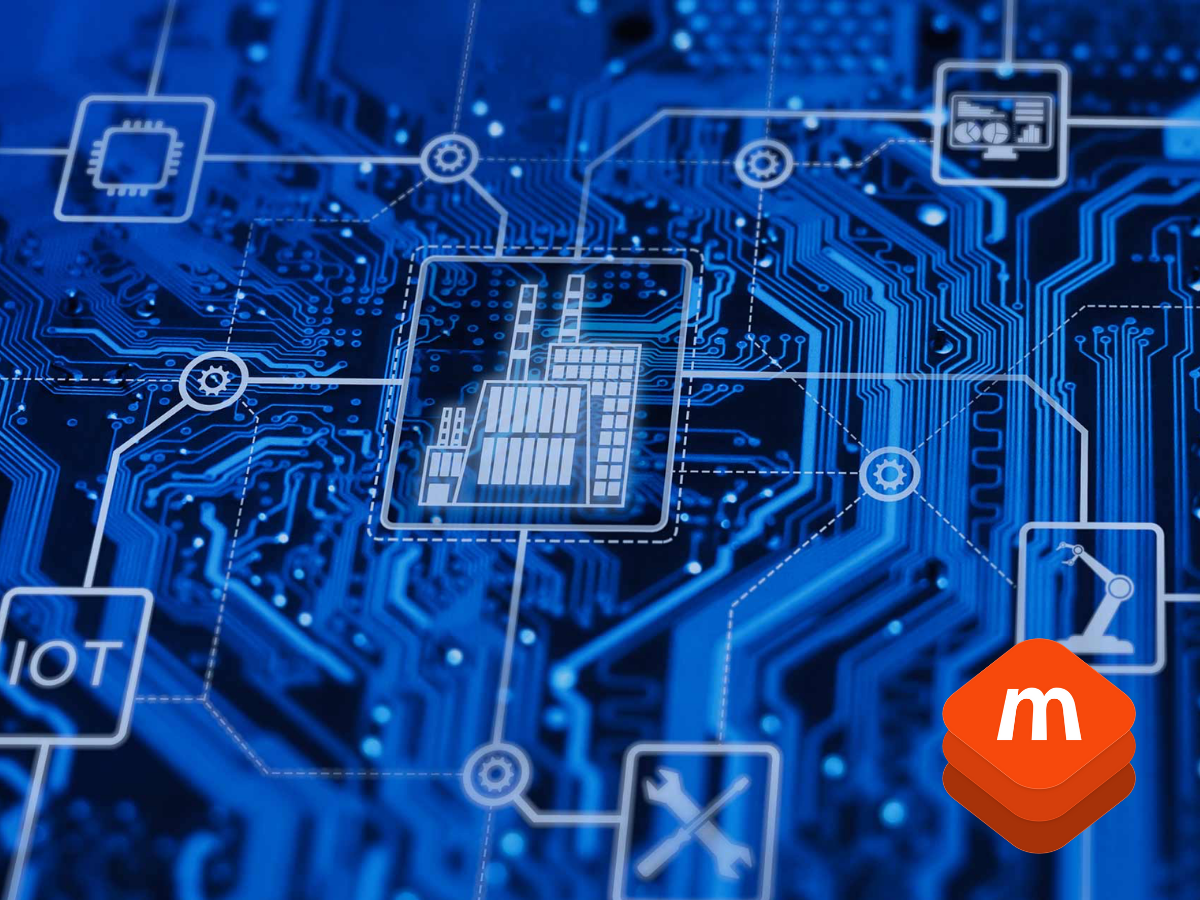

Banner

Latest News



The term “Internet of Things” (IoT) encompasses devices with sensors, processing capabilities, software, and other technologies that connect and exchange data over the Internet or other communication networks. These devices, often called “smart objects,” range from intelligent thermostats and wearables like smartwatches to intricate industrial machinery. As the number of internet-connected gadgets increases, the IoT is poised to significantly influence our world and alter how we live, work, and interact.
IoT holds substantial value for businesses due to several reasons, offering fundamental advantages:
Augmented Efficiency: Businesses can enhance efficiency and productivity by leveraging IoT gadgets to automate and refine processes. For instance, IoT sensors can monitor equipment performance, identifying issues before they cause downtime.
Data-driven Strategizing: IoT gadgets generate data that can be harnessed for highly informed decision-making. This data provides insights into customer behavior, market tendencies, and operational performance, empowering businesses to make well-informed decisions regarding strategy, product evolution, and resource allocation.
Cost Reduction: IoT can reduce expenses and increase profitability by minimizing manual processes and automating tasks. For example, IoT gadgets can monitor energy utilization, reducing energy expenses and boosting sustainability.
Enhanced Customer Engagement: IoT technology collects data on customer behavior, allowing businesses to create more personalized and engaging experiences. For instance, retailers can use IoT sensors to track customer movements within stores and offer personalized deals based on their behavior.
1. Sensors and Actuators: Sensors detect environmental changes, while actuators affect physical changes. These gadgets play a crucial role in IoT by providing the necessary input and output capabilities.
2. Connectivity Technologies: Various connectivity technologies, including Wi-Fi, Bluetooth, and cellular, enable IoT gadgets to transmit data from sensors and actuators to the cloud.
3. Cloud Computing: The cloud serves as the repository for data generated by IoT gadgets, where it is stored, processed, and analyzed.
4. Big Data Analytics: Advanced analytics tools, encompassing machine learning algorithms and predictive analytics models, are essential for extracting insights and identifying patterns from IoT-generated data.
5. Security and Privacy Technologies: Encryption, access controls, and intrusion detection systems are employed to ensure the security and privacy of IoT gadgets and the data they generate, safeguarding against cyber threats.
By bridging the digital and physical realms, IoT unlocks a world of possibilities that enable businesses to operate efficiently, make informed decisions, and create enriched customer experiences. As we continue integrating smart devices into our daily operations, our interaction with the world evolves, opening doors to new opportunities and innovations.
Copyright © 2024 · All Rights Reserved · MobiCode
|
Buying or selling a used device? Try our single-device check - MyMobiCheck |